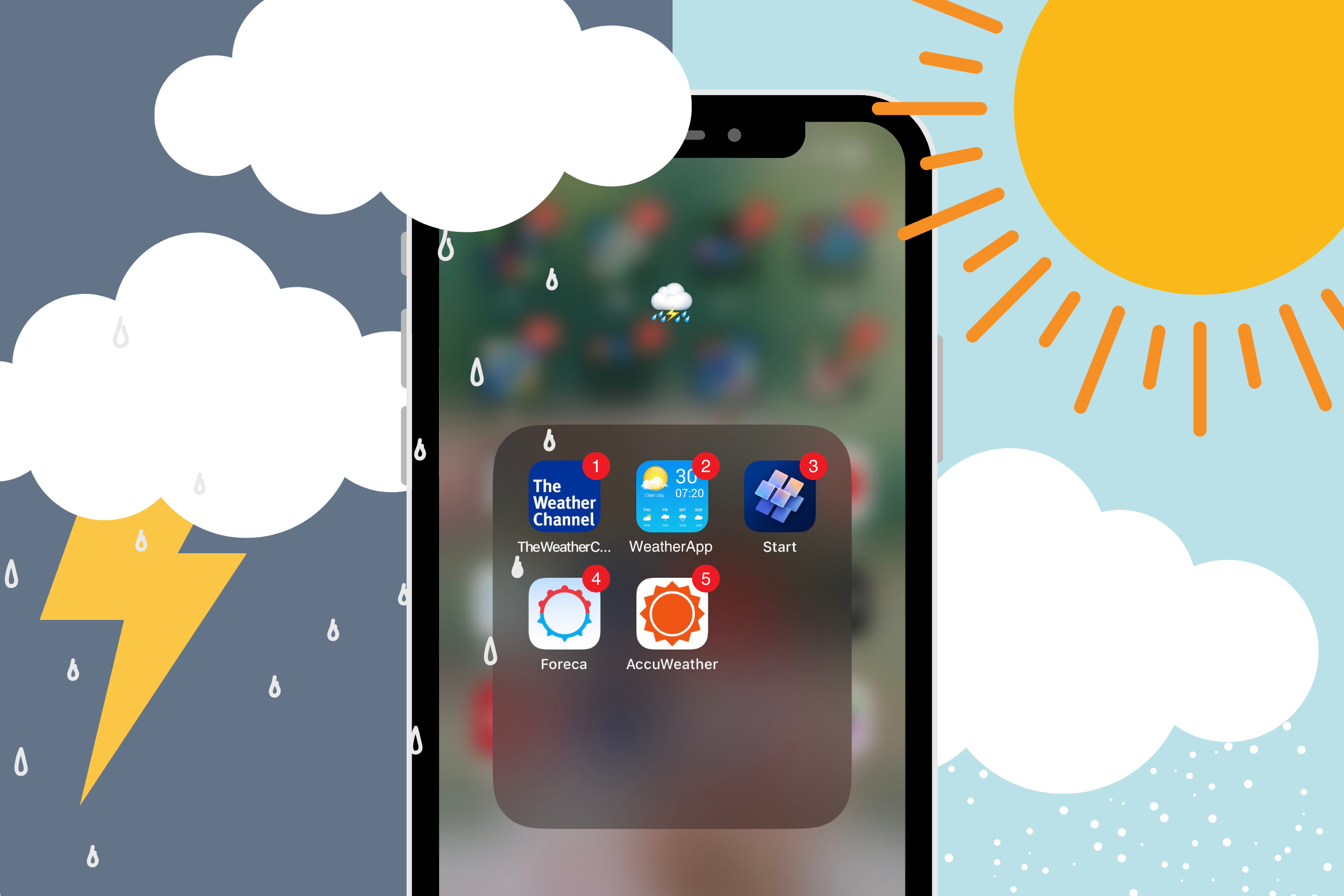
Although it may not seem like it, weather forecasts are better now than they’ve ever been. “Over the past 40 years, we’ve been adding an additional day of skill each decade,” says David Novak, Director of the Weather Prediction Center at the U.S National Weather Service. In other words, forecasts made today about the weather five days from now are roughly as accurate as were weather forecasts made four days out in 2013.
Government agencies, such as the U.S. National Weather Service and the U.K. Meteorological Office, run vast meteorological models on supercomputers. Improvements in forecast accuracy are mainly due to these models becoming larger, allowing them to use new sources of data and model the climate in greater detail. Governments provide the forecasts from these models to the public and to commercial weather forecast providers for free.
Read More: Weather Forecasters Are Now Connecting Hot Days to Climate Change
Despite the general improvement, there are large differences in accuracy between different weather apps, and the app that provides the most accurate forecasts can vary by location.
There are around two dozen forecast providers in the U.S, says Eric Floehr, founder and CEO of weather forecast accuracy monitoring company ForecastWatch. Each of these providers starts with the forecasts made by government models, then adds sources of data, such as information from proprietary weather stations, and develops techniques to improve their accuracy. This secret sauce accounts for the variation in accuracy by forecaster. Forecast providers sell their forecasts to app developers or build their own apps. They also sell their forecasts to businesses, such as airlines, that are willing to pay for the best weather forecasts possible.
If you’re struggling to get an accurate forecast, it might not be your weather app’s fault. A number of geographic features, such as large bodies of water and the interplay between global atmospheric circulation patterns, make it more challenging to forecast the weather in some areas than in others, Floehr says. Areas with more consistent weather, like California and Arizona, are easier to forecast.
Read More: Why High-Tech Weather Forecasts Don’t Save More Lives
More from TIME
The best forecasters are consistently accurate in most states. According to ForecastAdvisor, which tracks the accuracy of forecast data, only five providers made the top three in at least one state in 2022:
Users of The Weather Channel app, Weather Underground and Storm Radar will generally see forecasts provided by The Weather Channel (also known as weather.com). In most countries, Google’s weather app and browser pulls in forecast information from sources including The Weather Channel and its proprietary machine learning techniques.
Microsoft’s forecasts can be found in the Microsoft Start app which is available on iOS and Android, as well as in the taskbar in Microsoft devices and on Microsoft’s Edge browser. Foreca and AccuWeather have apps available on iOS and Android. Global Weather Corporation’s forecasts are no longer available to consumers.
Apple acquired forecast provider Dark Sky in 2022, and integrated many of its features into Apple Weather, which is installed by default on many Apple products. Notably, Dark Sky didn’t place in the top three in any state in 2022—instead ranking between sixth and ninth, depending on the state. Floehr says Dark Sky was “kind of in the middle.” Apple declined to comment.
You can find the most accurate forecast provider in your state on the map below, or search for your state in the table below to see the top three forecast providers. If you want to know the best provider for your exact location, you can enter your zip code in ForecastAdvisor. ForecastAdvisor had data for Dark Sky and Global Weather Corporation in 2022, but does not currently have access to forecast data from Google or Apple’s weather apps.
ForecastAdvisor currently only covers the U.S., but Floehr hopes to expand their coverage beyond the U.S. “sometime next year.”
More Must-Reads From TIME
- The 100 Most Influential People of 2024
- Coco Gauff Is Playing for Herself Now
- Scenes From Pro-Palestinian Encampments Across U.S. Universities
- 6 Compliments That Land Every Time
- If You're Dating Right Now , You're Brave: Column
- The AI That Could Heal a Divided Internet
- Fallout Is a Brilliant Model for the Future of Video Game Adaptations
- Want Weekly Recs on What to Watch, Read, and More? Sign Up for Worth Your Time
Write to Will Henshall at will.henshall@time.com